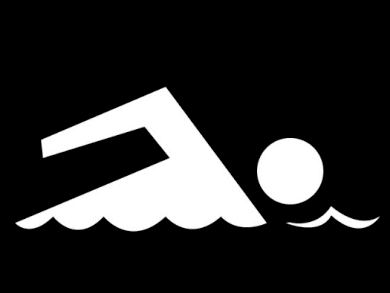Water disinfection is extremely important for the protection of public health. The reaction of disinfectants, mainly chlorination, with natural organic matter and/or bromide/iodide present in water generates disinfection byproduct (DBPs). Trihalomethanes (THMs) and haloacetic acids (HAAs) are the most prevalent groups of chlorination byproduct. HAAs may be linked to birth defects and a higher incidence of some cancers. The World Health Organization set the guidelines of monochloroacetic (MCAA), dichloroacetic (DCAA) and trichloroacetic acids (TCAA) at 20, 50, and 200 μg/L, respectively.
Mercedes Gallego and M. J. Cardador, University of Cordoba, Spain, evaluated for the first time, the exposure of swimmers and workers to HAAs in indoor and outdoor pools through the analysis of urine samples. HAAs appeared 20–30 min after exposure and were eliminated within 3 h.
After 2 h exposure, urine samples taken from workers contained DCAA and TCAA at ca. 300 and 120 ng/L levels since HAAs were aerosolized in the indoor ambient. DCAA was only found in some workers’ urine samples from the outdoor pool but at ca. 50 ng/L levels. Outdoor pools generally had somewhat higher levels of HAAs than indoor pools.
After 1 h swimming TCAA, DCAA and MCAA were present at concentrations of ca. 4400, 2300, and 560 ng/L, respectively, in the swimmers’ urine in the indoor pool. Similar results were obtained from the swimmers in the outdoor pool.
Accidental swallowing is the major route of exposure (ca. 94 %), followed by inhalation (ca. 5 %) and dermal contribution (ca. 1 %).
- Haloacetic Acids in Swimming Pools: Swimmer and Worker Exposure,
M. J. Cardador and M. Gallego,
Environm. Sci. Technol. 2011.
DOI: 10.1021/es103959d



